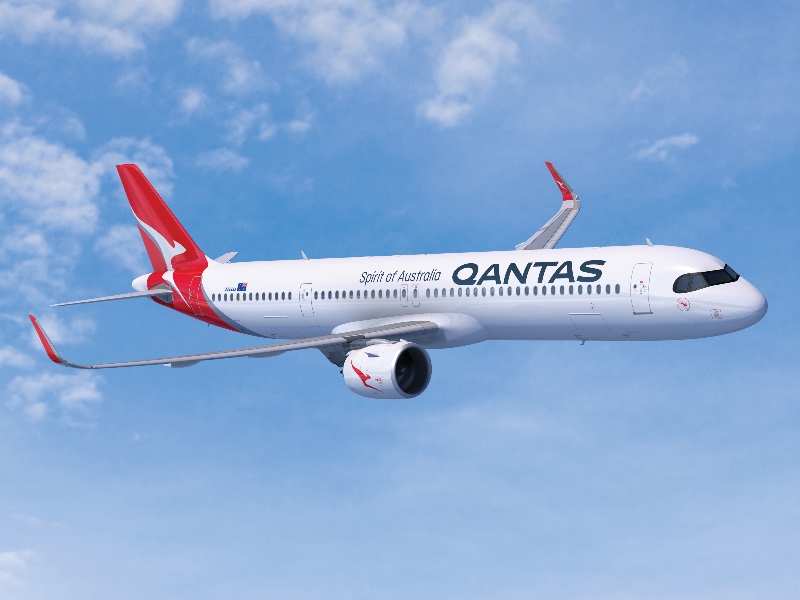I'd say there is a fair bit of water to go under the bridge yet on QF's A330 replacement.
I agree that it's likely there will be a net increase in narrowbodies flying mid-haul, but this may not be as widespread, per capita, to and from Australia as it is in the transatlantic market. While the A321N is a really capable frame, it is still a narrowbody and this creates a few constraints.
The biggest issue is that most of the big city pairs between the Australian east coast and Asia carry huge volumes of belly freight. CGK, SIN, HKG, MNL and BKK for example are all big freight ports for QF. Harder to make this work in the smaller and fewer containers carried in the A321 with the same fixed costs at either end. Freight makes up something like 30% of QF's revenue across the network - most of this is carried under the floor and a big portion of it between Australia and Asia.
There is also an issue with competitive disadvantage in the premium cabins. Narrowbodies can accommodate better products now than they used to, but the cabin footprint still doesn't suit direct aisle access for every passenger in J (without reverting to the reverse herringbone). QF has also said they're not looking at anything beyond a recliner for the A321, which is a big step back from even the better products that are possible on the narrowbody.
It'll be interesting to see what J seat VA put in their new 737s. Regardless it's unlikely they'll be able to prise the high yields between Japan and SYD/MEL away from QF, NH and JL. I expect VA will use their service to funnel a bunch of lower yield from around Australia onto their CNS-HND, probably cutting JQ's lunch in the process, hoping to hold onto the HND slot with minimum pain.

 www.australianfrequentflyer.com.au
www.australianfrequentflyer.com.au























